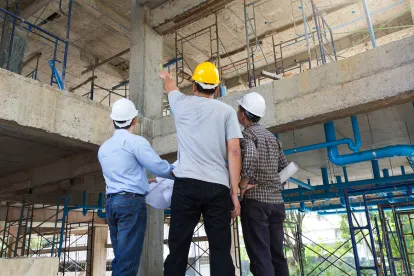The treatment of remodeling and repair costs has long been an area of controversy between the Internal Revenue Service (IRS) and restaurant owners, retailers, and even landlords. A retailer seeking to remodel its premises to refresh its brand or a restaurant owner seeking to refresh its floor and décor faced a significant risk of challenge from the IRS if they did not carefully analyze and account for the costs of such changes.
Generally speaking, the taxpayers are seeking to deduct the costs associated with remodeling, repairing or refreshing their premises under Section 162(a) of the Internal Revenue Code while the IRS pushes for capitalization under Section 263(a). In other words, the taxpayers are seeking to deduct as much as it can on a current basis while the IRS is pushing for such costs to be deducted over a period of years (depending on the class of asset). In the past, taxpayers were often involved in expensive and drawn out battles with the IRS over the classification of remodels or needed repairs. This uncertainty chilled needed investment by taxpayers and resulted in substantial transaction costs attributable to remodeling a premises in the form of legal and accounting fees. From the perspective of the IRS, these battles were also extremely time and resource intensive.
In an attempt to streamline decision making in this area, the IRS released Rev. Proc. 2015-56 which outlined a safe harbor process. The safe harbor provides for a default allocation of costs - 75% currently deductible under Section 162 and 25% to be capitalized under Section 263. Essentially, instead of going through a time consuming and costly detail analysis of all costs in the project, the taxpayer can elect to stipulate a split. There is a further exemption for small taxpayers with less than $10 million in gross receipts and projects that cost less than the lesser of $10,000 or 2% of the unadjusted basis of the building. Other qualification requirements are applicable. It is also important to note that the safe harbor does not apply to initial buildout or construction.




 />i
/>i
